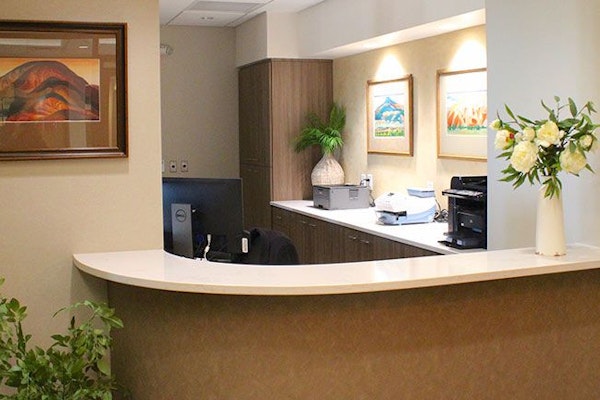Description
Dr. James Slaman discusses the basics of sleep apnea, including diagnosis and treatment options. Obstructive sleep apnea disrupts breathing several times throughout the night. Sleep apnea patients may need a CPAP machine or an oral appliance.
View transcript
Sleep apnea is a disruption of breathing during sleep caused by the tongue blocking the airway. So when we're sleeping, the muscle tone of our airway is relaxed, the tongue can drop back and the airway can collapse, and then the tongue can restrict that collapsed airway. So sleep apnea is diagnosed with a sleep test. Sleep tests can be performed at home or they can be performed in an inpatient setting in a sleep clinic.
The sleep test at home consists of taking a device from an office or our dental practice. And it has a couple of components that you put around your abdomen. And it has a nasal cannula that you wear and it plugs into usually a tablet that records your heart rate. It has a microphone that records whether or not you're snoring, and it monitors your blood oxygen level.
When you're diagnosed with sleep apnea, it's categorized as mild, moderate, or severe. Mild cases and moderate cases of sleep apnea can respond to what we call oral appliance therapy. Oral appliance therapy maintains the airway so that the tongue does not obstruct the relaxed airway during sleep. Patients with moderate or moderate to severe sleep apnea are generally treated with what we call continuous positive air pressure, more commonly referred to as CPAP. CPAP is a nasal mask or a face mask, which then is pressurized and air is used to push oxygen into the lungs during sleep past the obstructed airway. Oftentimes, I've had patients come to the practice who have not been able to wear a CPAP, and they've not been able to get a good night's sleep for many years, that successfully wore an oral appliance and restored their level of sleep.


































